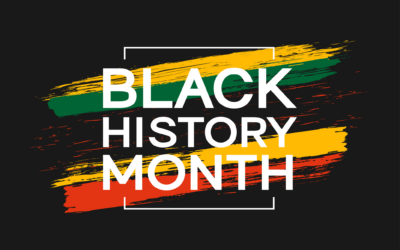“Never do things others can do and will do, if there are things others cannot do or will not do.” – Amelia Earhart
When legendary aviator Amelia Earhart became the first female to fly solo across the Atlantic in 1932, stories of women travelling across the world alone were almost unheard of.
Indeed, it was still the case up until the mid-1920s that married women in the US were ineligible for a passport in their own name – the husband would most likely hold a single passport that identified “Mr John Smith and his wife” or, on the rare occasion a married woman wanted to travel solo, a passport that addressed her as “Mrs John Smith”.
A lot has changed since then. According to recent research carried out by Condor Ferries, approximately 84% of all solo travellers are female and 55% of ‘Solo travel’ Google searches were made by millennial women.
But travelling solo as a woman does not come without its challenges. In this comprehensive guide, we give a rundown of our essential tips to help solo female travellers stay safe, comfortable, and confident while away on a business trip.
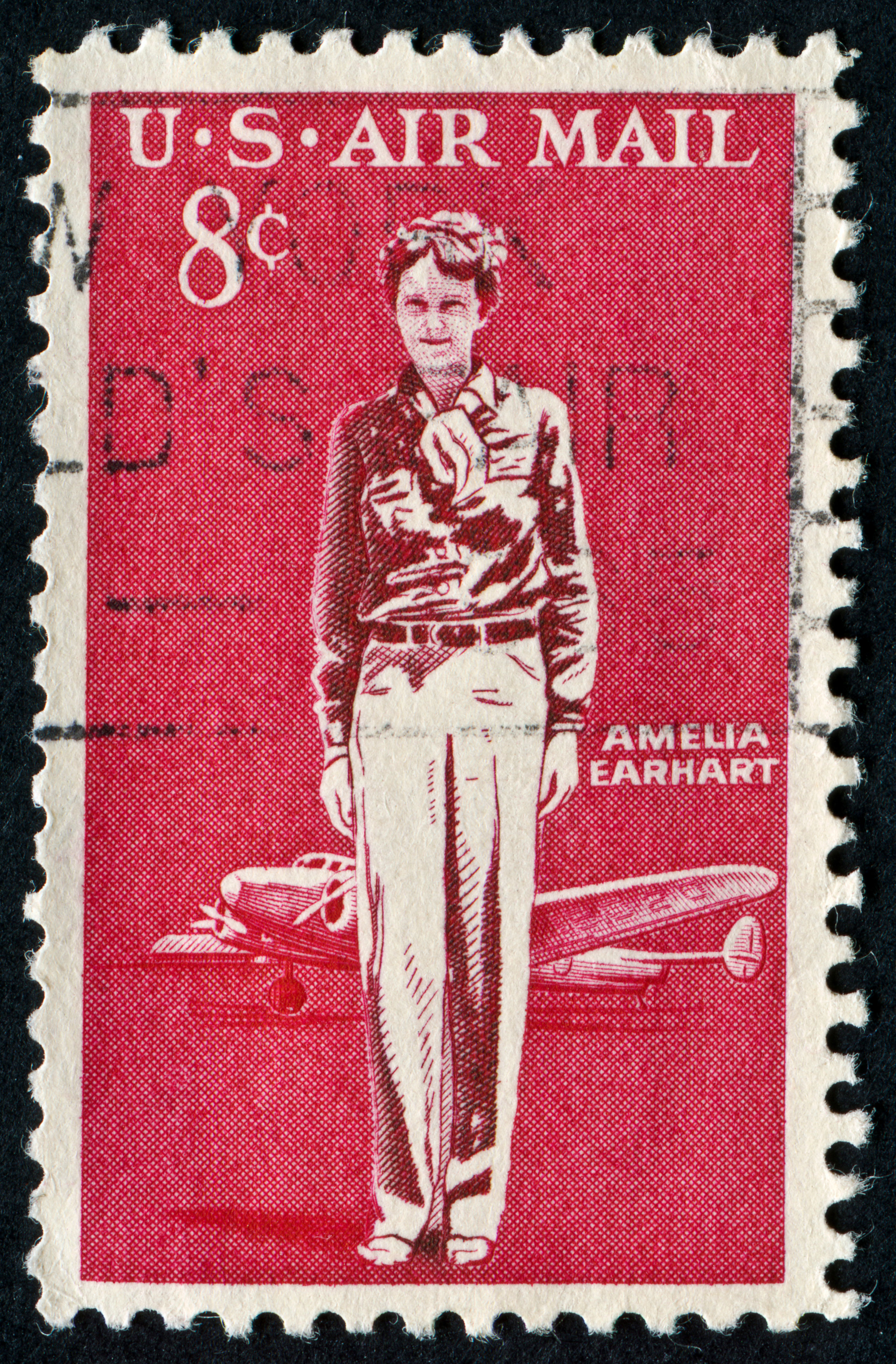
A US eight cent stamp from 1963 featuring Amelia Earhart.
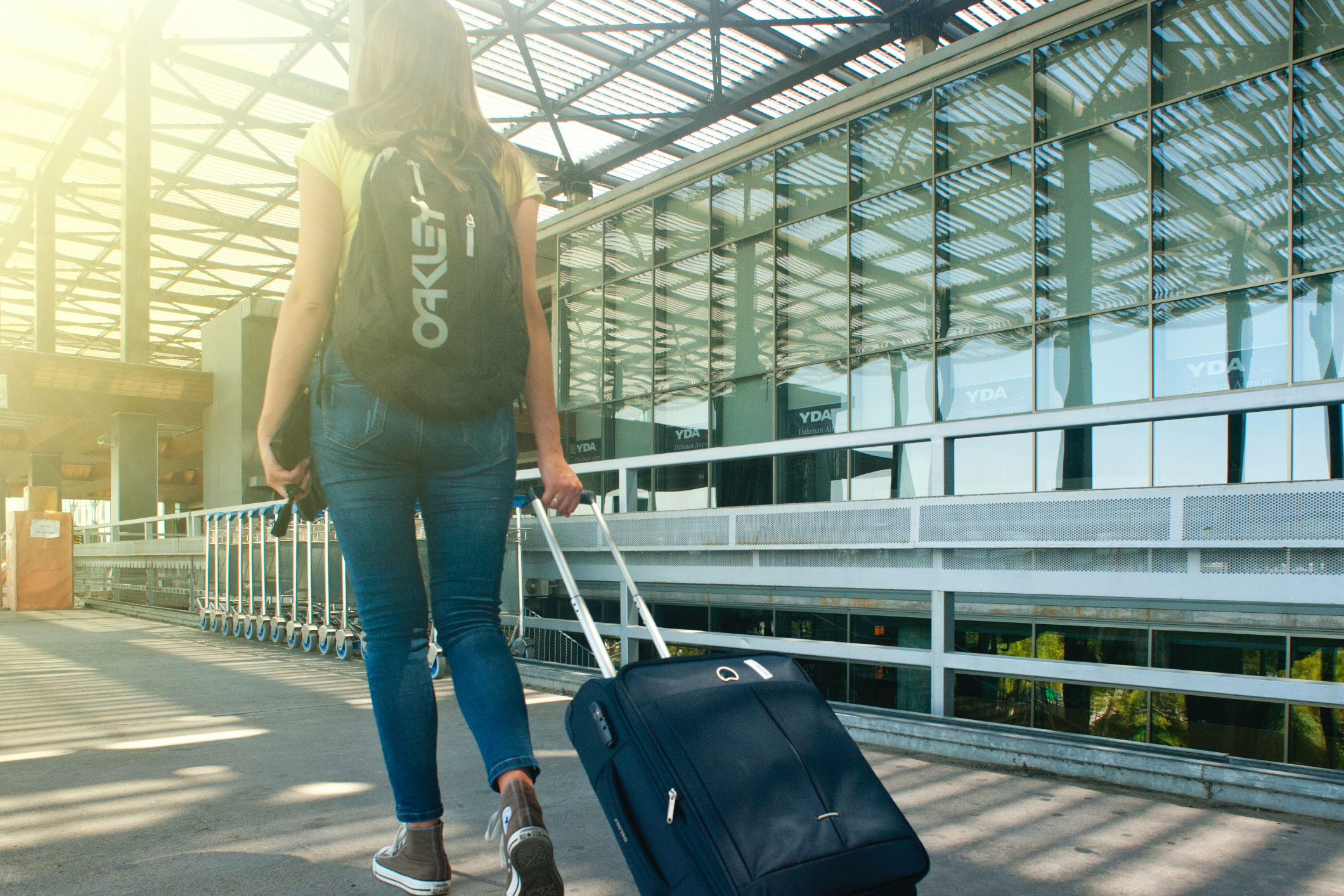
1
Research Gender Attitudes
Different countries have varying attitudes and perceptions of gender roles, which can affect how female travellers are treated. Research the cultural norms and customs of your destination before you go to understand the local expectations. In some places, women may need to dress modestly or act more cautiously when interacting with certain locals This diligence is not just a matter of curiosity; it’s a crucial aspect of staying safe.
But carrying out research isn’t just about avoiding cultural mishaps. It can also guide your trip towards success. By understanding local etiquette, or knowing how to greet someone properly, you can go a long way in fostering positive relationships, both personally and in business. It is also a good idea to look into local laws and check whether any travel warnings have been issued by your government, for example via Gov.uk or the Australian Department of Foreign Affairs and Trade.
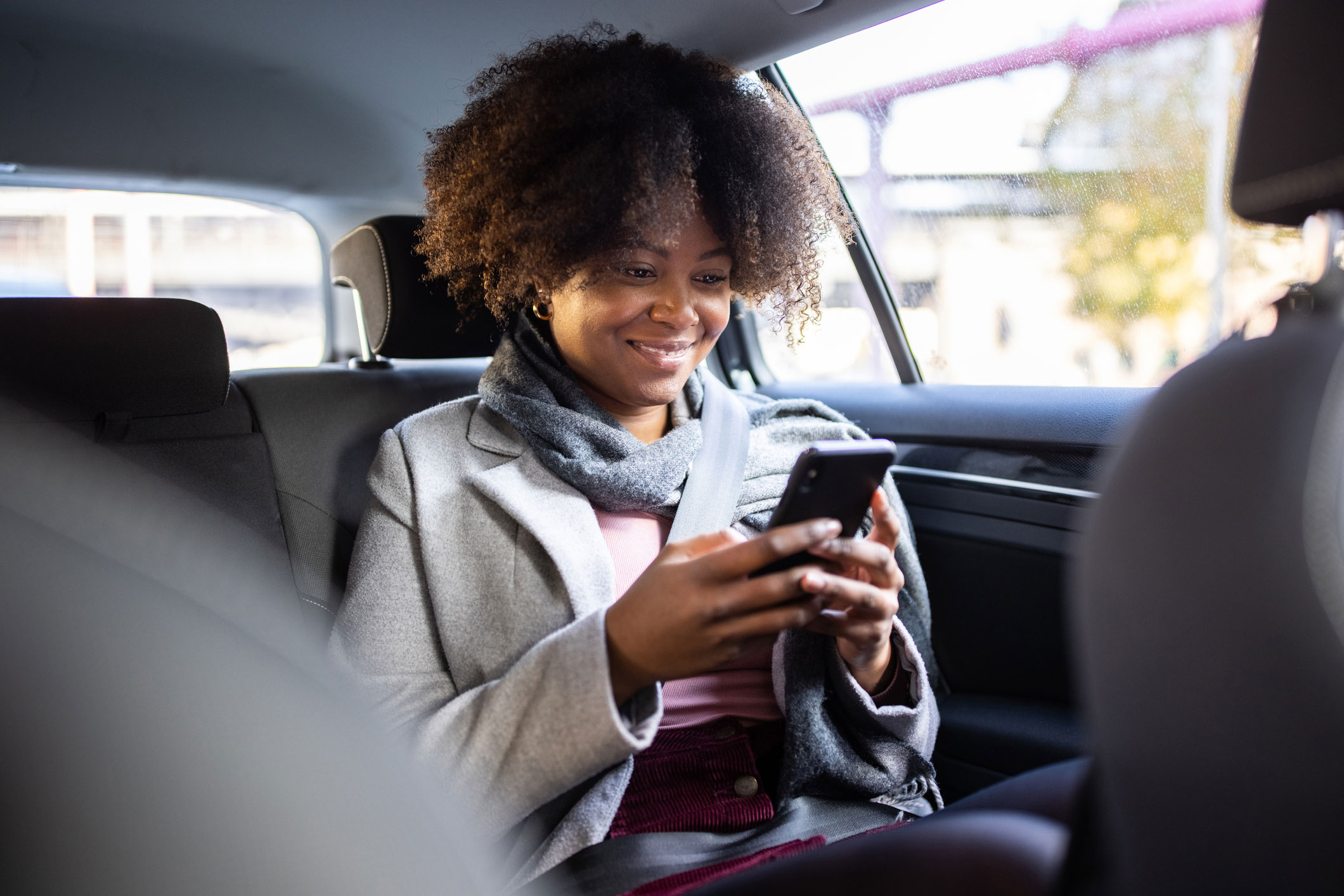
2
Be Proactive Towards Safety
Safety is a top priority for all travellers, but women may encounter specific welfare concerns. According to a survey from Today’s Hotelier, 2 in 5 women have experienced harassment or unwelcome interactions when travelling. This is particularly true in bars at night – 21% of women who received harassment while on a trip did so while visiting a bar.
It’s important to trust your instincts when out and about. Don’t take any unnecessary risks – that shortcut down the enclosed alleyway might not be worth the 10 minutes it saves – and if using a local taxi service, take precautions such as sitting in the backseat and noting the driver’s details. If you still feel anxious about travelling somewhere unfamiliar, consider packing personal safety items such as a whistle, a personal alarm device, or even a hotel door stopper as an extra layer of security.
%
the rise in women aged 65 or over travelling solo between 2019-2022
%
percentage of US women who have taken a trip without their partner
%
of women travelled solo because of the freedom and independence it provides
The above statistics have been taken from research and sources provided by Condor Ferries.
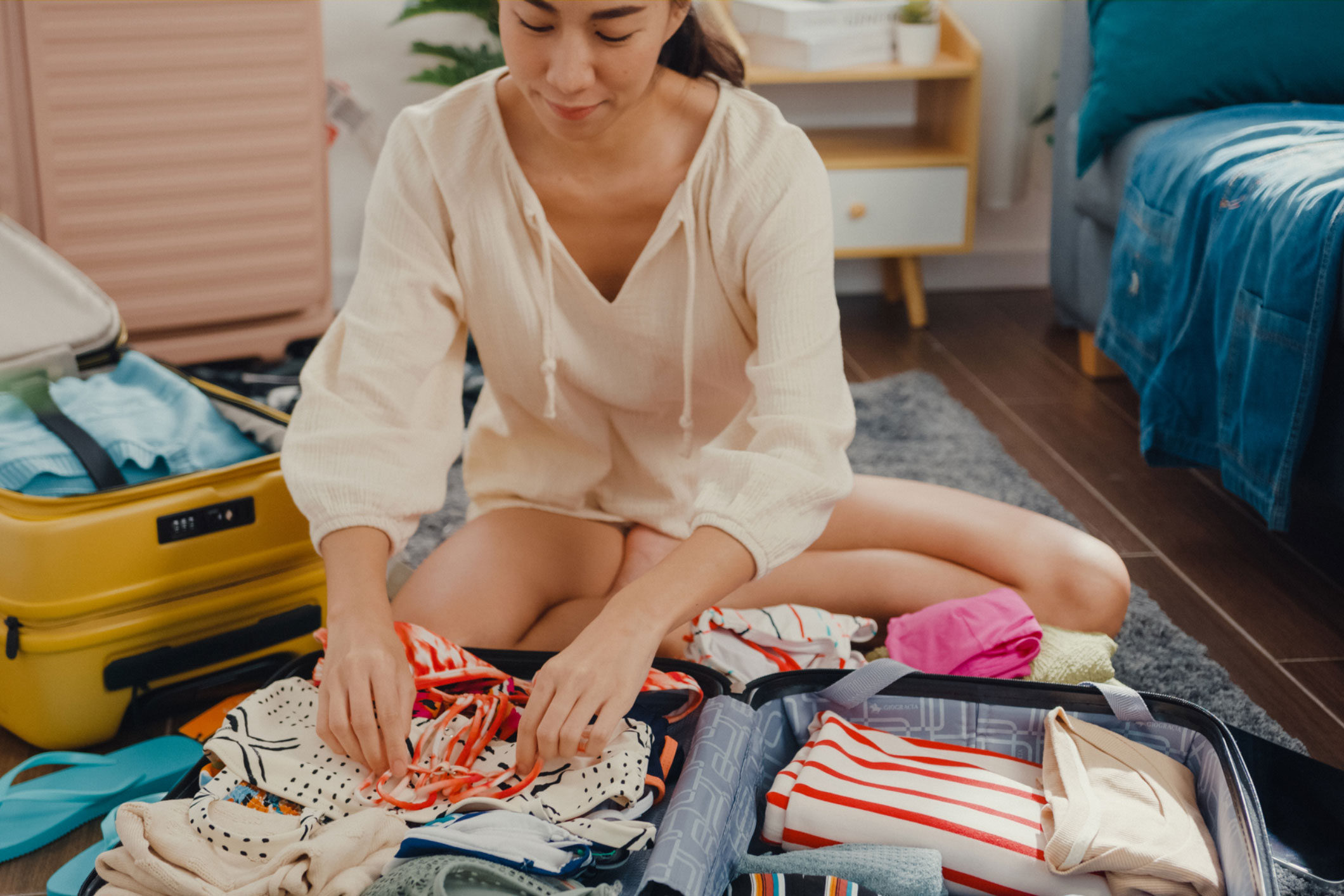
3
Pack the Essentials
Pack for the situation. No two countries are the same, and your travel case should reflect that. Think about what items you might need to navigate cultural norms (like a headscarf for modesty) or to maximise your safety in areas that might not be particularly accommodating to visitors. Here are a few items solo female travellers can consider packing to ensure a safer journey:
- Travel document copies. Photocopies of your visa, travel insurance, and important contact information. Consider making digital versions to upload to a Cloud service.
- Travel locks. Bring locks for securing your luggage and lockers in hostels or hotels. A cable lock can also be useful for securing bags to stationary objects.
- Travel appropriate clothing. Scarves or shawls are versatile accessories that can cover your shoulders or head when required. If entering an area of high street crime, consider packing a cross-shoulder chest bag.
- Map tools. Download offline maps and navigation apps to your smartphone. Consider carrying a paper map as a backup and a portable charger for your devices.
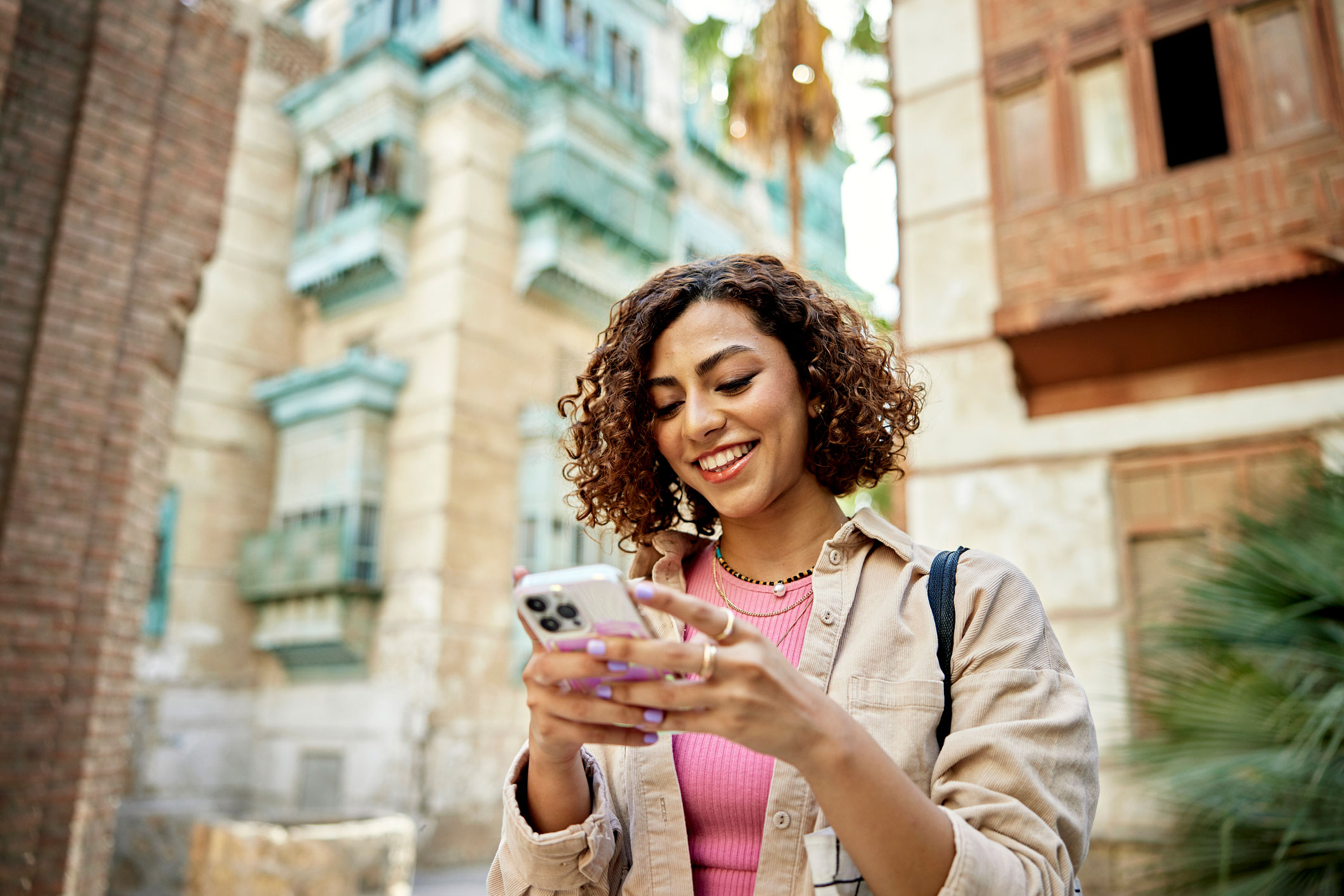
4
Stay in Touch
Never travel solo without letting people know where you are. Make sure to share your travel plans with your colleagues or travel booker – at Gray Dawes, we are always open to calls from clients who might need help, no matter when or where they are in the world. You never know when that information might come in handy.
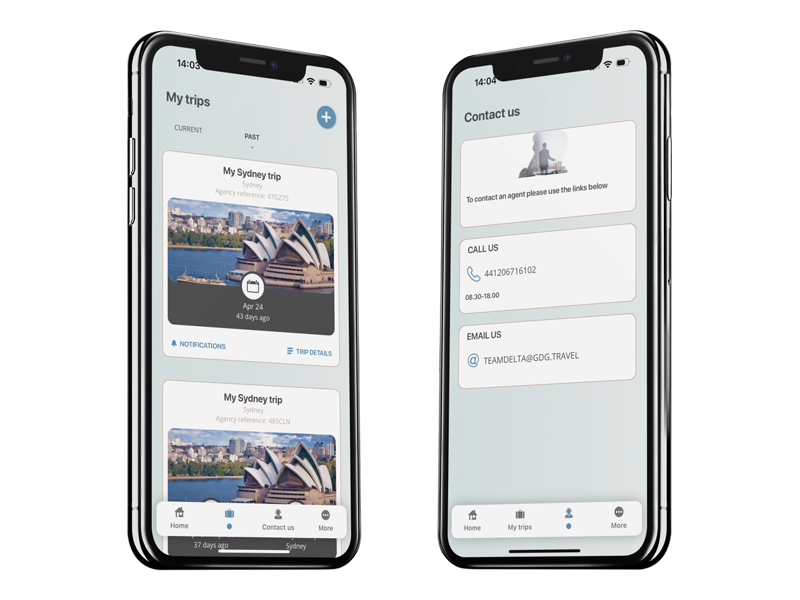
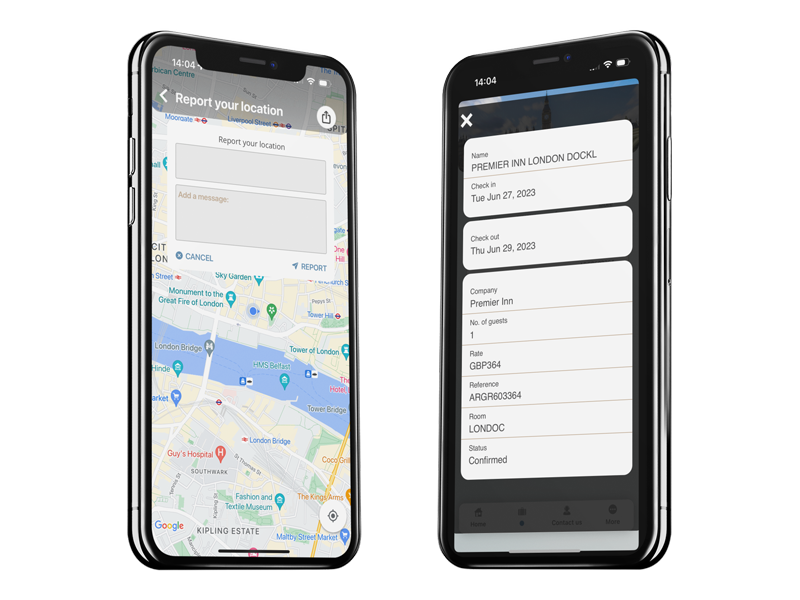
Stay Safe with TripSure
Our Tripsure app offers travellers on-the go access to information about every element of their trip for peace of mind. With a fully interactive dashboard, TripSure provides Travel Managers with current traveller locations, risk alert overviews, flight status and country security advisory ratings. And, if the worst should happen and you need to find and contact your travellers in the case on an emergency, TripSure has a message control centre that allows for SMS, email and push notifications at the touch of a button.
6 Great Cities for Solo Female Travellers to Visit
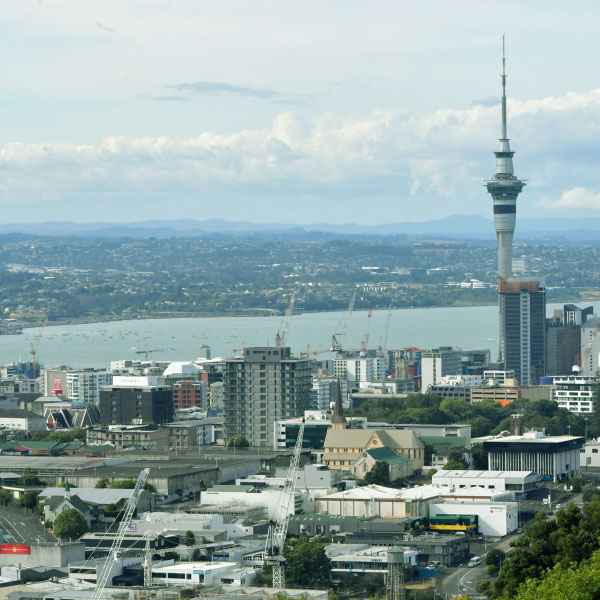
Auckland
Auckland combines cosmopolitan flair with the breath-taking landscapes for which New Zealand is famed. The vibrant waterfront at Viaduct Harbour is a hub for nightlife, while black sand beaches and volcanic craters lie just a short drive away. It was ranked the 4th most peaceful country in the world, and the safest country in the Asia-Pacific region, in the Global Peace Index (GPI) from the Institute of Economics and Peace.
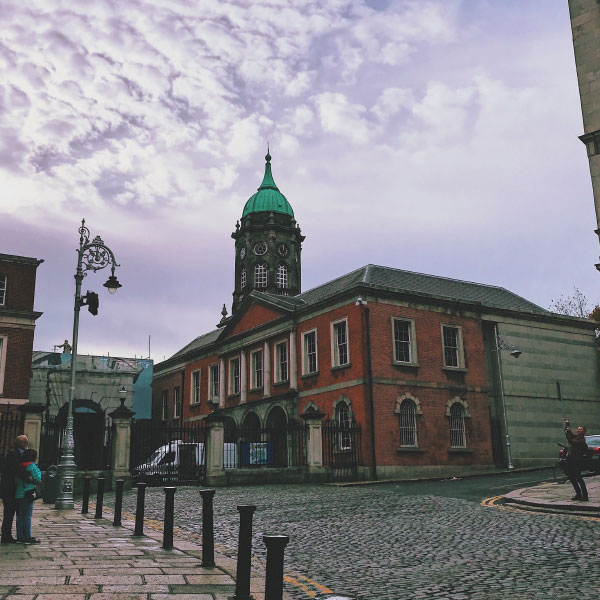
Dublin
The historic city of the Emerald Isle effortlessly blends tradition with modernity. Wander through the cobbled streets of Temple Bar, home of traditional pubs and music, or cross the iconic Ha’penny Bridge. Dublin is renowned for its warm and welcoming atmosphere, along with its lively culture and friendly locals. In fact, it ranked 2nd in iVista’s list of 20 safest countries in the world for solo female travellers.
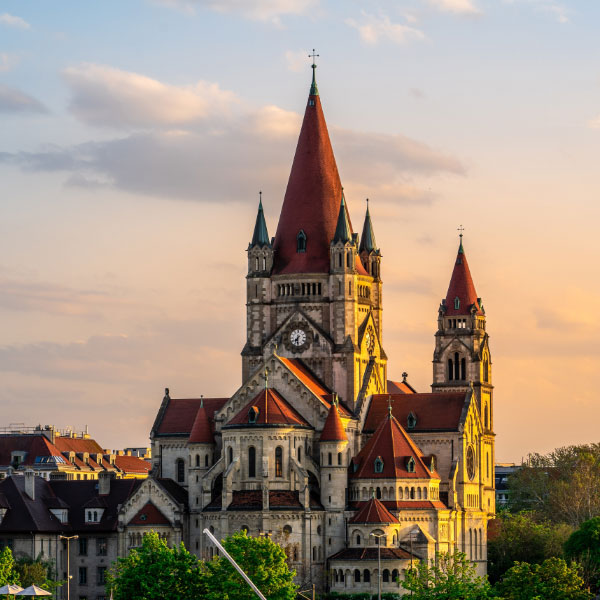
Vienna
An urban symphony of art and music, Austria’s capital is the perfect destination for those seeking cultural enlightenment. Admire the ornate architecture along the Ringstrasse and the iconic St. Stephen’s Cathedral, or visit the State Opera for a classical concert. It is also recieved an 88% rating from Travel Safe Abroad making it one of the safest capitals for solo female travellers to visit.
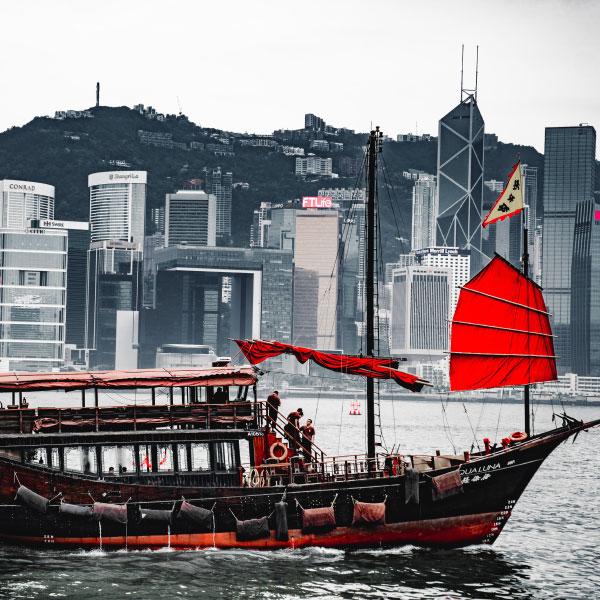
Hong Kong
Hong Kong is a city of contradictions. A soaring cityscape nestles between verdant mountains, while bustling streets give way to hiking trails and beaches just a short taxi ride away. As a thriving business hub, Hong Kong is a hive of activity 24 hours a day, and it is extremely safe for women to traverse the streets day and night. However, as one of the most densely populated cities in the world, it is important to be wary of pickpockets in crowded streets.
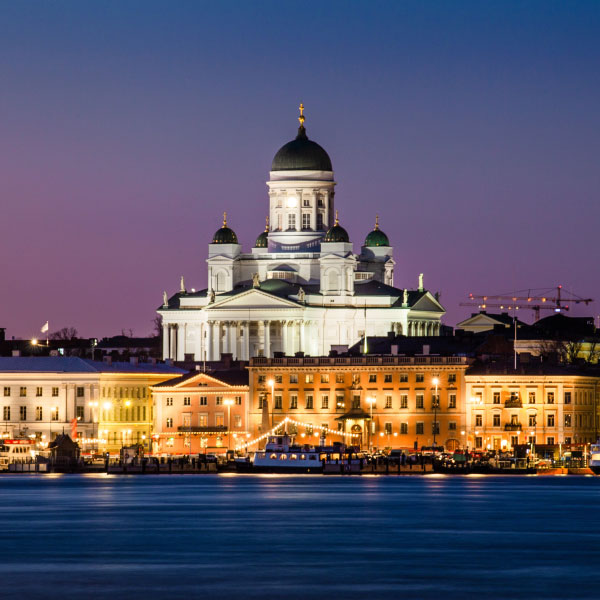
Helsinki
Nestled on the shores of the Baltic Sea, Helsinki is a cultural treasure of the Nordic north. Immerse yourself in Finnish sauna culture, take a stroll along the scenic waterfront promenades, or taste local Karelian pastries. Finland is often ranked one of the safest cities in the world, holding a 95/100 safety index rating from Travel Safe Abroad. Crimes towards female travellers is extremely low, with muggings, assault, and harassment rarely reported, even at night.
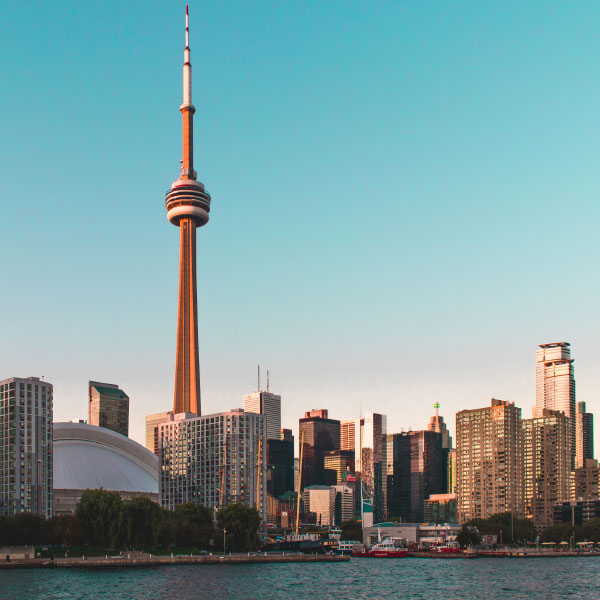
Toronto
Built on the shores of Lake Ontario, Toronto is a city of breathtaking skylines and welcoming locals. Climb the iconic CN Tower or explore the historic Distillery District’s charming cobblestone streets and Victorian-era architecture. Then top it all off with some savoury poutine – a Canadian delicacy. Toronto is incredibly safe for solo female travellers too; according to the 2021 safe cities index from the Economist, the city was ranked as 2nd safest in the entire world.
In Conclusion
Female solo travel can be an incredibly enriching and transformative experience. By understanding and preparing for the unique challenges that women may face, packing wisely, staying informed, and utilising resources such as our TripSure app, you can embark on your journey with confidence and make the most of your trip while staying safe.
It is also important to remember that travelling solo is not just a series of potential dangers, but a great opportunity to learn and grow as an individual. It allows you to experience new cultures and understand how people around the world interact and do business. So next time you’re offered the opportunity to hop on a plane and take a trip abroad, why not say yes?
Related Articles
The Pioneering Contributions of Black People to Air Travel
The history of black people in aviation reflects a wider struggle for equality, defined by exclusion, systemic racism, and a fight for recognition. In the early days of flight, opportunities for black people to enter aviation were extremely limited. In this article, we take a look at some of the black pioneers of the sky, explore how air travel was a tool of social justice, and glimpse into the future of diversity in the aviation industry.
World Menopause Day 2024
For World Menopause Day 2024, we find out more about the menopause, look into how you can manage the symptoms, and give you all the resources you need to learn more.
7 Ways to Save Money on Business Travel as an SME
Business travel can be a significant expense for any company, especially for small & medium enterprises (SMEs). Fortunately, there are several strategies SMEs can implement to save money without sacrificing efficiency or the well-being of their travellers. In this article, we identify 7 key areas where SMEs can optimise their business travel budget, book better, and spend smarter.
